The NieR series has long subverted traditional story conventions, working to the many strengths of games as an interactive medium. The twenty-six different endings of NieR: Automata are just a small testament to this, as there is so much to unravel in how the series puts narrative design at the forefront of its experience. Intertwining story and mechanics in a way that breaks player expectations is a complicated task, but one that its games consistently revel in. From the diegetic use of music that considers player timing and execution in Automata‘s Simone boss fight, to the literal text adventure that NieR: Replicant springs on players, the ability to oscillate in both genre and tone shows how the titles work to the inherent creativity that games can offer.
So then, it isn’t a surprise to see how a game like NieR: Automata can take what should be simple, static descriptive lines and turn them into something greater. As Automata‘s UI takes on a cleaner, more futuristic look than the original NieR‘s storybook design, it considers not just form and functionality, but the scope of its content as well. The game’s menu isn’t just a conduit for system changes or checking quest progression; rather, the entire arsenal of the title’s weaponry, spanning from swords and spears to axes and bracers, is manageable through these screens. Being able to check a weapon’s description or specs isn’t exactly a new thing, but Automata iterates through the life it gives their respective stories, which gradually open up as they are wielded.
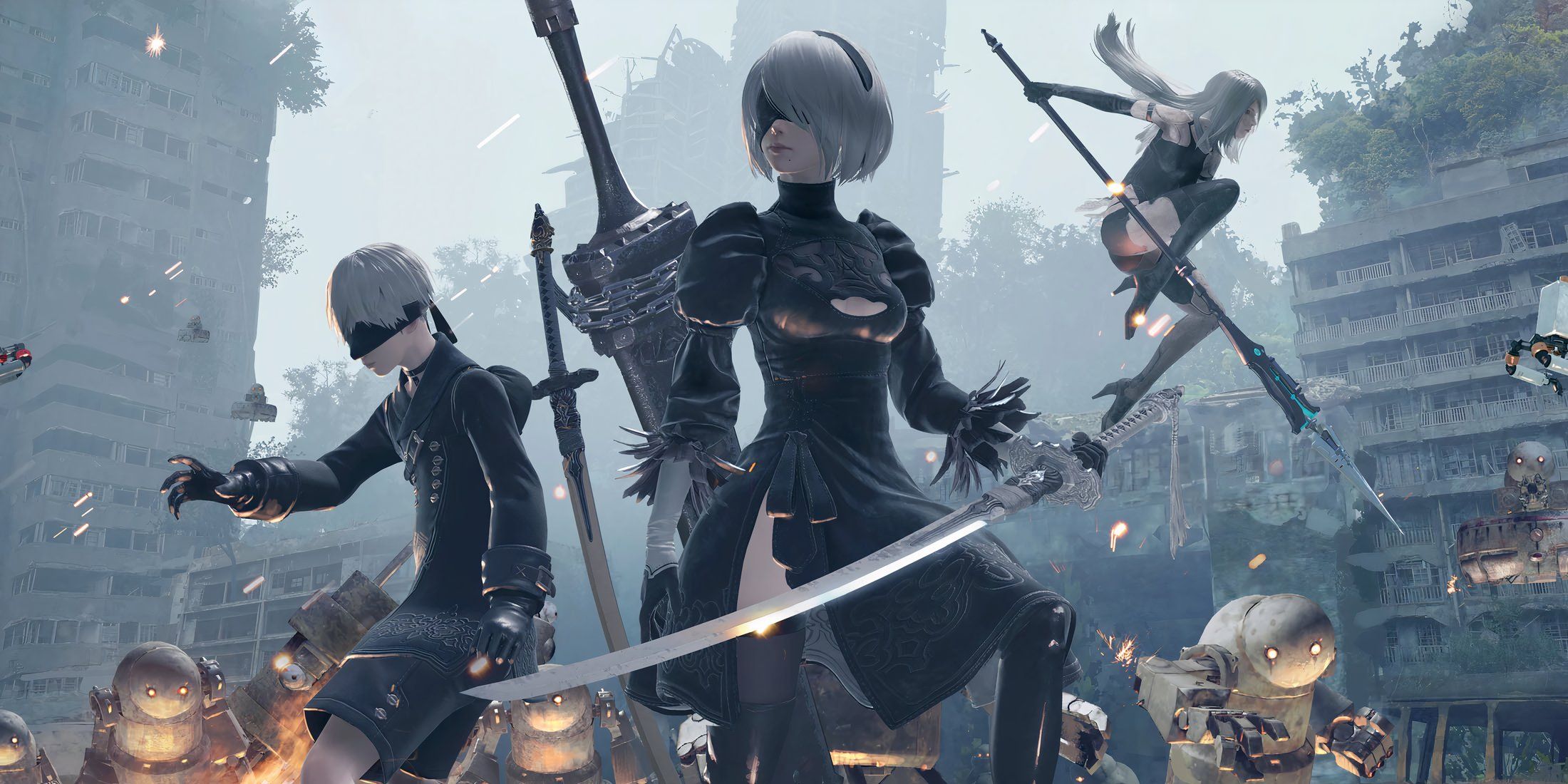
Related
NieR: Automata – All Playable Characters
There are three playable characters in NieR: Automata; here’s who they are and how to switch between them.
How NieR: Automata’s Weapon Stories Are Testament to the Series’ Strength in Narrative Design
The Weapon Stories of NieR: Automata
NieR: Automata‘s flashy combat, a strength that has come to define PlatinumGames, is made possible through its myriad weapons. Not only do the designs of these weapons speak to the world’s aesthetics, like those that are augmented with old machine parts, but many are directly referential to the greater Drakengard and NieR series. This alone is a neat way to consider making weapons more influential, but Automata leans into this lore through its weapon stories, where the sheer talent of its writing is on full display.
How NieR: Automata Incentivizes the Broader Use of Weapons
Gaining a weapon doesn’t immediately grant Automata players access to its respective story. Rather, these stories gradually unfold through the weapon’s leveling system, directly incentivizing its use in combat. Weapon stories are separated by four different levels, wherein players can experience small snippets of the weapon’s lore, going beyond simple physical descriptors to consider its origins or past wielders. While it can be easy for players to stick with “what’s best” in RPGs from a stat and usability standpoint, Automata rewards players for experimenting with other weapons through this approach.
Hurtling towards a darker end is central to Automata‘s weapon stories, considering the actual ramifications of what weapons are made to do. Some of its weapon stories unfurl through quotes, like the YoRHa-issue Blade, whose story follows a radio idol android that realizes they are broadcasting to the dead. Others are more conventional, almost fairy-tale like in their approach, concerning the grim fates of its past wielders or even the feelings of the weapons themselves, like the Iron Will sword, whose “red rust was the weapon’s tears.” Then, there are weapons that refer to other characters within the NieR series, handled in a deft, well-executed way that pays homage to their legacies (however detrimental they were).
NieR: Automata Subverts Expectations
Just as the NieR games manage to subvert player expectations through their revelatory endings, Automata‘s weapon stories do the same, speaking to the larger traumas of its world. It takes a lot of talent to construct something so evocative in a few words, and the way that Automata is able to condense its weapon stories even further through the levelling system is testament to this. The game cultivates a genuine sense of reward for players, as, through their mastery of the game’s weapons, they are able to have a tangible effect on seeing the following parts of their stories. Thus, Automata manages to circumvent the traditional “lore dump” by tying the feature in reaction to its gameplay, which other RPGs would be wise to replicate.
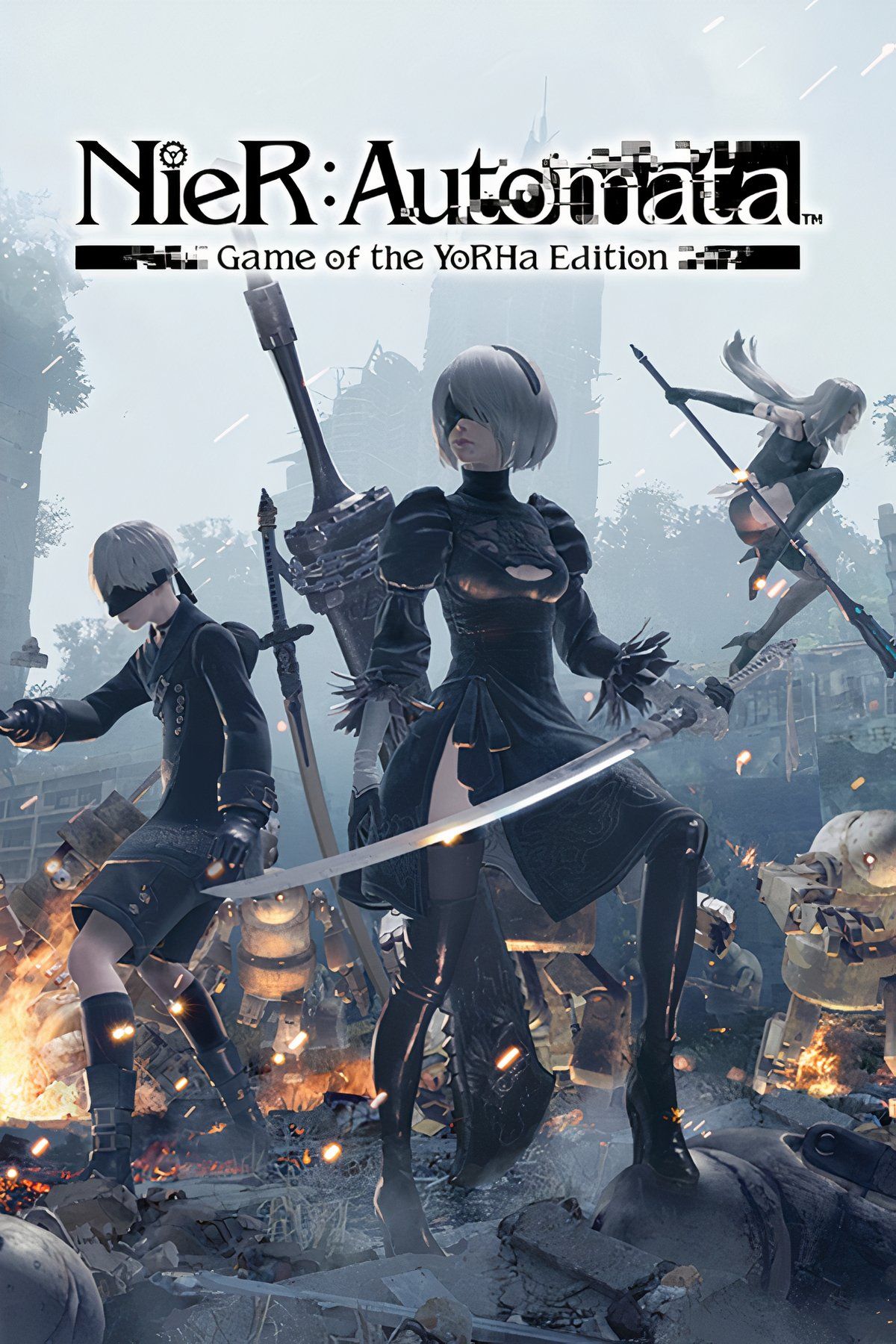
- Released
-
March 7, 2017
- ESRB
-
M for Mature: Blood, Partial Nudity, Strong Language, Violence
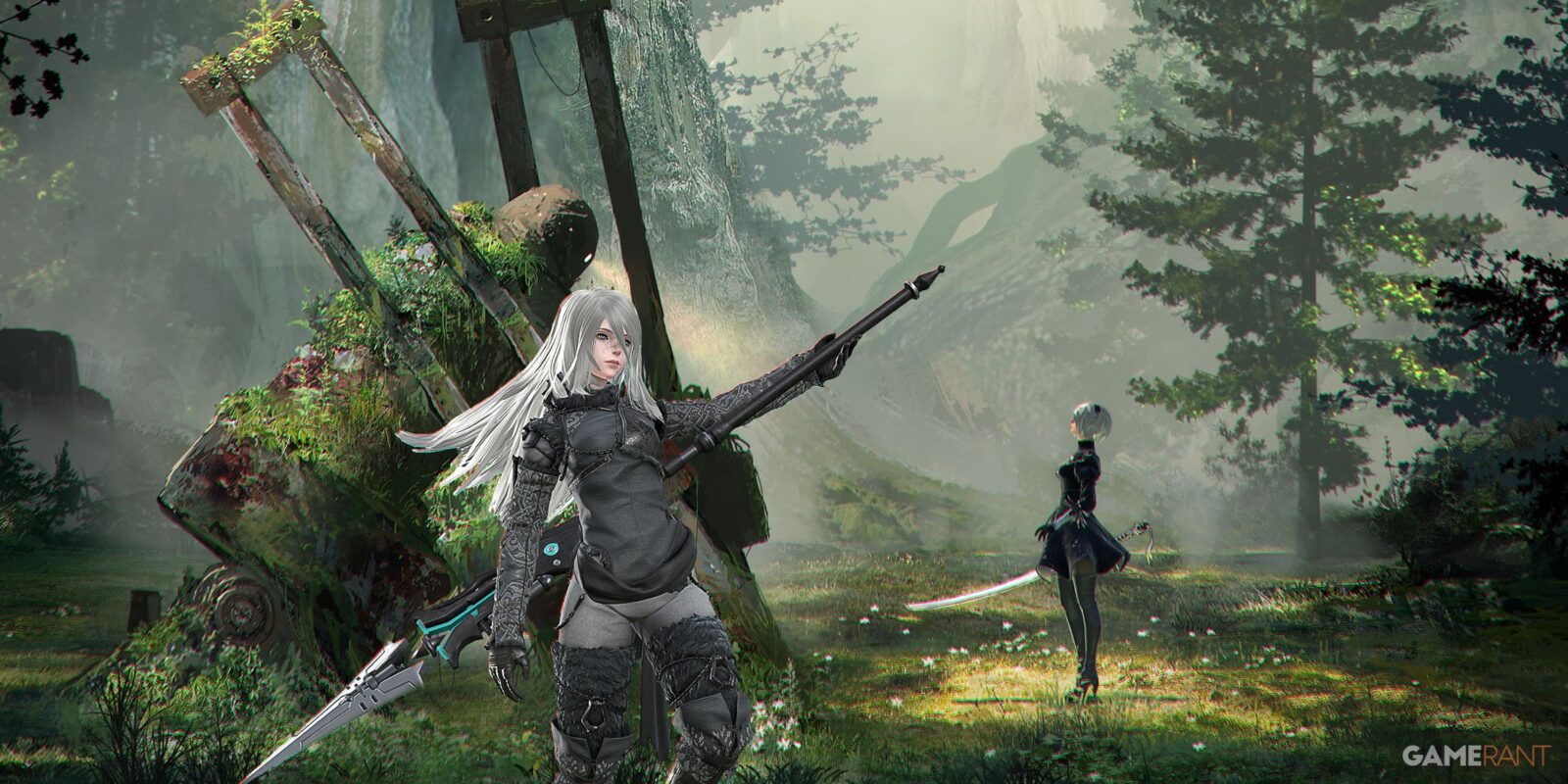
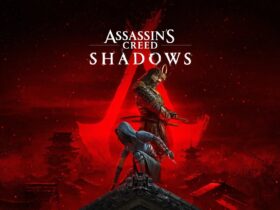

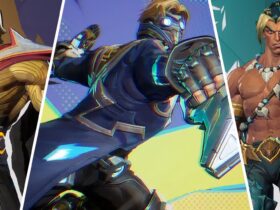
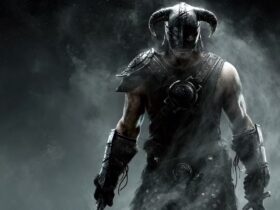
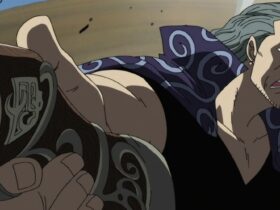
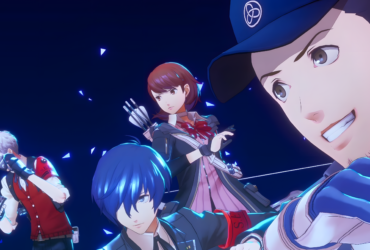
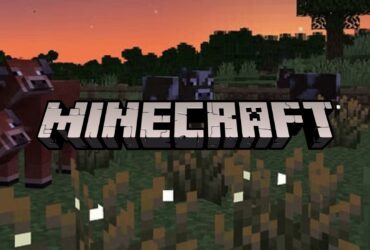
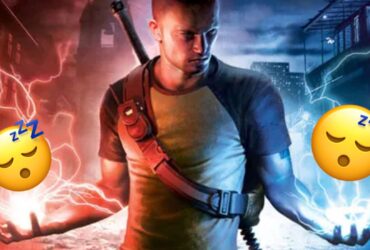
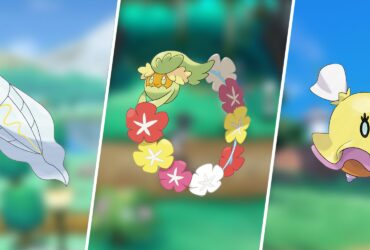

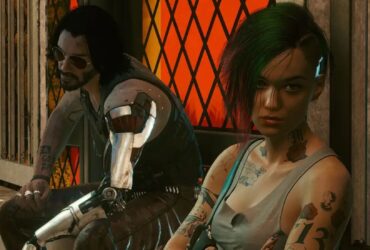
Leave a Reply